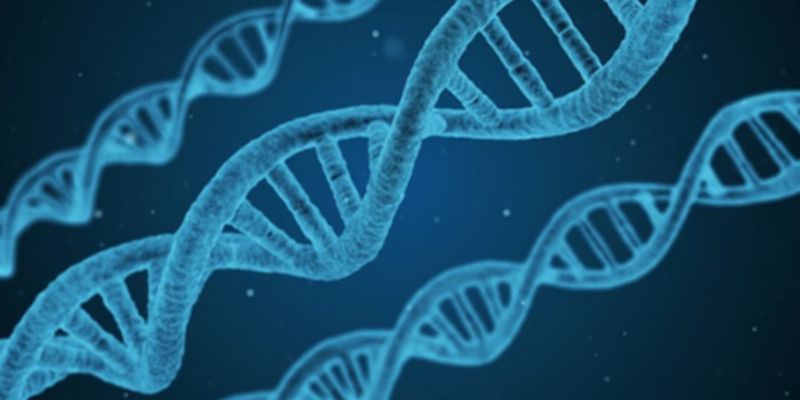APR 07, 2015 | 8:30 AM
Date: Tuesday, April 7th, 2015Time: 8:30AM PST, 11:30AM EST, 5:30PM CETThe development of new medicines for Diabetes Type 2 complications has proven to be challenging due to the use of cell...
Schizophrenia is a severe psychiatric disorder affecting 1% of the world’s population, leading to high human, social and economic burdens. Understanding how the interaction of gene and...
FEB 05, 2015 | 3:00 PM
C.E. CREDITS
As evidenced by the changes in the new Guide for the Care and Use of Laboratory animals and the latest AVMA Panel on Euthanasia, it is clear that there is growing concern about the care and w...
FEB 05, 2015 | 12:00 PM
C.E. CREDITS
The pre-operative assessment and post-operative is critical for successful surgical procedures which will in turn lead to high quality outcomes in research studies. The care of the animals go...
FEB 04, 2015 | 12:00 PM
C.E. CREDITS
In Chile, the regulatory context regarding animal use in research is very poor. A legal framework for Animal Care and Use Committees is practically nonexistent. Also, the chilean culture play...
FEB 04, 2015 | 6:00 AM
C.E. CREDITS
Adherence to strict aseptic technique is vital to all types of animal models requiring surgical intervention from both scientific and welfare perspectives. Training of both new and experience...
OCT 30, 2014 | 6:00 AM
When the BCR/ABL1 fusion protein was identified in chronic myelogenous leukemia and the JAK2 V617F mutation was identified in patients with other myeloproliferative neoplasms (MPNs) such as p...
OCT 29, 2014 | 3:00 PM
Survival rates for early stage non-small cell lung cancer (NSCLC) remain unacceptably low compared to other common solid tumors. This mortality reflects a weakness in conventional staging, as...
OCT 29, 2014 | 9:00 AM
Post-translational methylations play central roles in epigenetic gene regulation pathways that are central to stem cell regulation. Lysine methylations are turn-on switches for hundreds of di...
As next-generation sequencing (NGS) platforms advance in their speed, ease-of-use, and cost-effectiveness, many translational researchers are transitioning from microarrays to RNA sequencing...






















